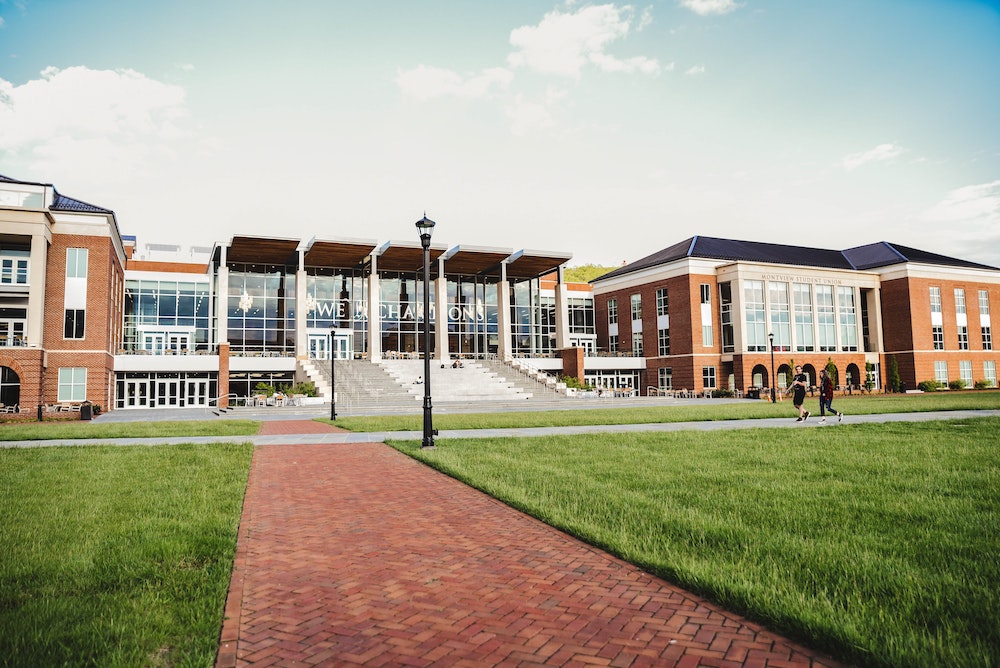Whether heading back to K-12 or university, our educational facilities are in full swing, which means they are consuming vast amounts of energy to function. Energy costs are the second largest expenditure for school budgets after personnel costs. The US EPA estimates that $2 billion of the $8 billion spent on energy in school buildings can be saved by energy efficiency measures. Saving one quarter of the cost of energy is a powerful motivation for implementing an energy efficiency plan, but the environmental impact is just as powerful. Besides the reduction in green house gas emissions, energy efficient products often have other benefits such as reducing water consumption and wastewater, improving air quality and improving occupant comfort. In a learning environment, these benefits can improve attendance, teacher retention and student performance.
The National Energy Education Development Project
Ensuring energy efficiency practices are implemented has become a priority for school districts. Taking a portfolio wide approach that includes educational activities for students, staff and building facility managers is necessary for successful energy reduction. The National Energy Education Development Project (NEED) was started in 1980 when President Jimmy Carter issued a Presidential Proclamation on the need for energy education in our schools. Since their beginning, the NEED program has grown to include over one hundred student and teacher guides to use in classrooms, teacher professional development and training programs, and after school programs.
NEED sponsors internships for students with utilities across the country to encourage careers in the energy sector. They have added many new learning modules over the past year, including four levels of Offshore Wind in cooperation with offshore wind projects currently underway. NEED offers scholarship and mentorship programs for students. NEED provides educational resources for the necessary engagement of the school community that is required for the success of energy conservation efforts.
ENERGY STAR Certification
The EPA ENERGY STAR certification program is designed to guide planners and stakeholders in educational facilities. ENERGY STAR certified buildings perform in the top 25 percent of buildings nationwide. ENERGY STAR provides tools and methodologies for cost effective energy management. Using an online measurement and tracking tool called Portfolio Manager, facilities can track their energy use, water use, waste and materials. Portfolio Manager provides an ENERGY STAR Score which allows a normalized comparison to energy performance of similar buildings. To achieve ENERGY STAR Certification, an energy rater is brought onto the team to review and verify that the project is meeting the ENERGY STAR standards. Albireo Energy, an ENERGY STAR partner and experienced rater, has extensive experience assisting educational facilities become certified and improve their ENERGY STAR score.
Energy Efficiency Planning Steps
Successful energy efficiency programs require early planning and a long-term commitment. Key strategies should be defined for the following steps.
- Make the Commitment
- Assess Current Performance
- Set Goals
- Create an Action Plan
- Implement the Action Plan
- Evaluate Progress and Results
- Recognize Achievements
ENERGY STAR outlines a staged approach to building upgrades for improving energy. Using the staged approach, projects can be reasonably managed, and each step may lead to savings that can fund the next step.
- Retro commissioning: assess equipment performance, identify no and low-cost measures to immediately improve energy performance. The process can result in energy cost savings between 11 cents to 72 cents per square foot.
- Lighting upgrade: replace bulbs, install automatic controls, upgrade to ENERGY STAR labeled lighting products. This can cut lighting energy usage and costs in half.
- Supplemental Load Reductions: includes measures to improve the energy efficiency of the building such as window films, insulation upgrades, reflective roof coating, etc. Reducing the supplemental load can allow HVAC equipment to be smaller.
- Air Distribution System Upgrades: right sizing fan systems and replacing with variable-air-volume system can reduce air distribution costs by 50 percent.
- Heating and Cooling System Upgrades: right sizing, selecting ENERGY STAR labeled equipment, optimize operations.
Energy Management Team
When an energy efficiency project is planned by a single department, opportunities to optimize the effect of the project can be lost. Taking a comprehensive approach to energy efficiency is the right approach but can be overwhelming when taking into account all of the factors and effects to consider. A team approach with an energy expert on board can offer the highest success.
Albireo Energy has been an energy efficiency partner to the University of Alabama since 2001. Albireo has guided the campus leadership through a variety of projects and continues to work daily with the UA team to monitor campus facilities. As control and sensor technology advanced, Albireo was able to bring cutting edge and highly effective solutions to the campus wide system management.
Another significant partner is the University of Colorado Boulder. Albireo has converted 30 buildings with more planned to include smart controls, building automation, energy efficient equipment and has a continuous relationship of service and support. Using building analytics, Albireo informs the university facility management team on maintenance and equipment life cycle performance. These efforts have reduced University of Colorado Boulder’s energy costs, maintenance and equipment replacement costs.
Our students and faculty spend most of their time in campus buildings. Facility management and board members, while budget conscious, must also focus on providing a safe and comfortable learning environment to allow students and faculty to reach their potential. The ENERGY STAR certification program, smart technology and energy management will improve indoor air quality, maintain comfortable temperatures, and provide lighting and noise levels that are conducive to learning. To integrate project planning with campus wide legacy equipment, school or university budgets and energy goals, a team approach with an energy expert is again a successful scenario.
Albireo Energy is an experienced ENERGY STAR provider.







